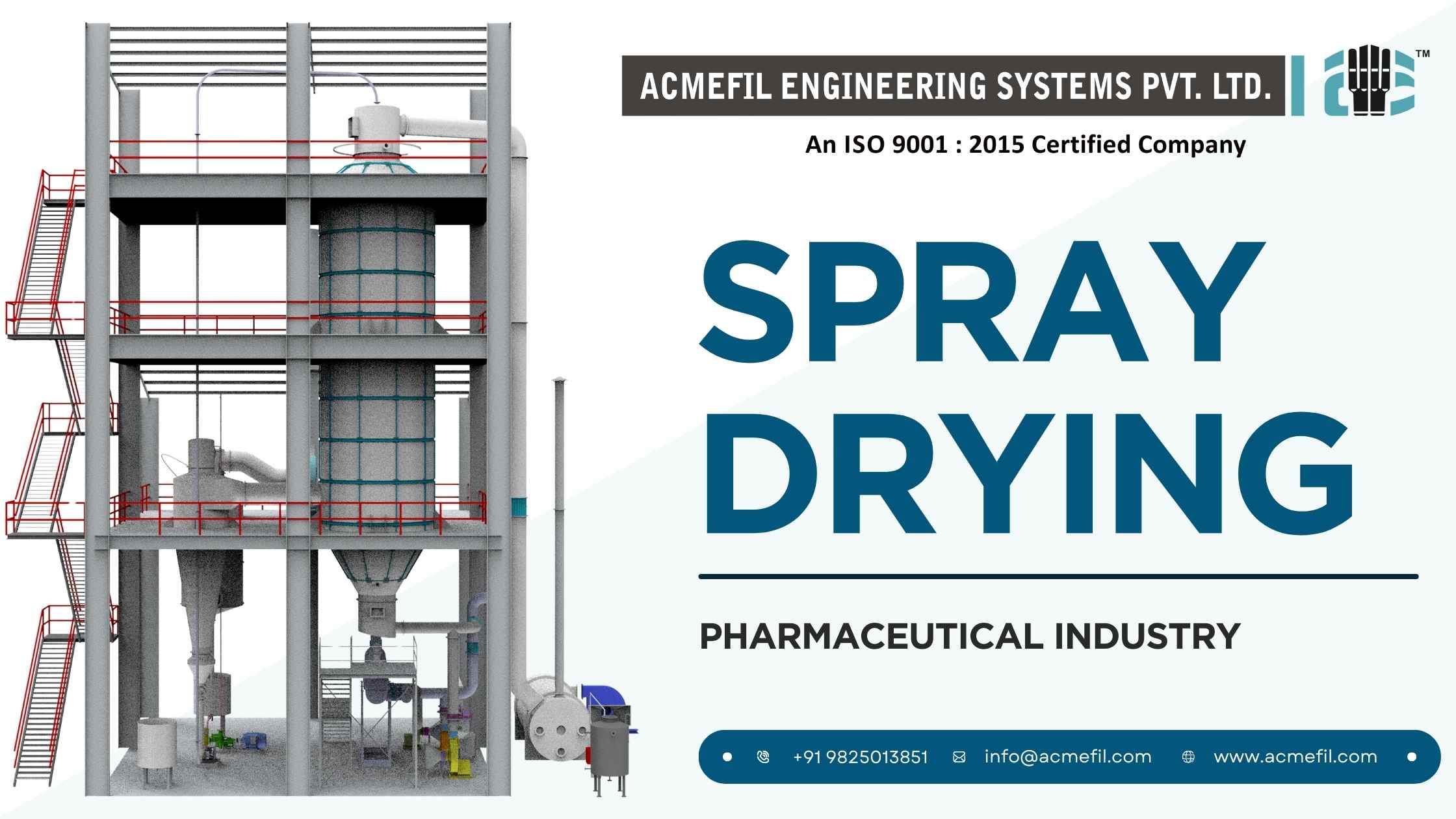Have you ever wondered how liquid medications transform into the powdered pills you consume? The answer lies in a fascinating process called spray drying. In the pharmaceutical industry, spray drying has revolutionized drug formulation and manufacturing. It not only enhances drug stability and bioavailability but also allows for precise particle size control. This means more effective medications reach you faster. In this comprehensive guide, we’ll delve into the various applications of spray drying in the pharmaceutical industry, exploring how this technology is shaping the future of medicine.
Table of Contents
Understanding Spray Drying Technology
Spray drying is a method used to produce a dry powder from a liquid by rapidly drying it with a hot gas. In the pharmaceutical industry, it’s a critical process for converting liquid drug formulations into stable, easy-to-handle powders. This technology enables precise particle size control, essential for consistent drug performance.
The Spray Drying Process Explained
At its core, the spray drying process involves three main steps:
- Atomization: The liquid drug solution is transformed into tiny droplets using a spray nozzle or rotary atomizer.
- Drying: These droplets are exposed to a stream of hot air, causing rapid evaporation of the solvent.
- Collection: The resulting dry particles are separated from the air and collected as a fine powder.
This process not only retains the drug’s therapeutic properties but also enhances its stability and shelf-life.
Importance in Pharmaceutical Manufacturing
In pharmaceutical manufacturing, spray drying is invaluable. It allows for:
- Enhanced Bioavailability: Improving how well a drug is absorbed in the body.
- Customized Particle Sizes: Essential for targeted drug delivery.
- Stability Improvement: Extending the shelf-life of drugs.
- Scalability: Easily scaling up production without compromising quality.
Enhancing Drug Bioavailability
Amorphous Solid Dispersions
One significant application is creating amorphous solid dispersions. Many drugs have poor water solubility, limiting their effectiveness. By dispersing the drug in an amorphous form within a carrier matrix, spray drying enhances solubility and, consequently, bioavailability.
Solubility Improvement
Spray drying can increase a drug’s surface area, facilitating faster dissolution rates. This means the medication works more efficiently once ingested, providing quicker relief and better therapeutic outcomes.
Particle Size Control and Powder Production
Particle size is crucial in drug formulation. Smaller particles dissolve faster and can be absorbed more readily by the body. Spray drying offers precise control over particle size, ensuring consistent drug performance and dosage accuracy.
Encapsulation and Controlled Release Formulations
Spray drying enables the encapsulation of drugs, protecting them from degradation and controlling their release rates. Controlled-release formulations allow medications to be released slowly over time, reducing dosing frequency and improving patient compliance.
Use of Pharmaceutical Excipients
Excipients are inactive substances that serve as the vehicle for a drug. In spray drying, excipients can enhance the stability, solubility, and bioavailability of the active pharmaceutical ingredient (API). Common excipients used include polymers like HPMC and PVP.
Advantages Over Traditional Methods
1. Efficiency and Scalability
Spray drying is a continuous process, making it more efficient than batch methods like freeze-drying. It allows for large-scale production without sacrificing quality, essential for meeting market demands.
2. Cost-Effectiveness
By reducing processing steps and time, spray drying lowers manufacturing costs. It also minimizes waste, making it an economically and environmentally favorable option.
Spray Drying Equipment and Technology
Modern spray drying equipment is highly sophisticated, featuring advanced control systems for temperature, airflow, and droplet size. Innovations like closed-loop systems ensure solvent recovery and reduce emissions, aligning with green manufacturing practices.
Challenges and Considerations
While spray drying offers numerous benefits, it also presents challenges:
- Thermal Degradation: Heat-sensitive drugs may degrade during the process.
- Operational Costs: High energy consumption can be costly.
- Process Optimization: Requires precise control over parameters to achieve desired results.
Future Trends in Spray Drying
The future holds exciting developments:
- Nanoparticle Production: Creating ultra-fine particles for advanced drug delivery systems.
- Personalized Medicine: Customizing drug formulations for individual patient needs.
- Continuous Manufacturing: Integrating spray drying into continuous production lines for greater efficiency.
Conclusion
Spray drying is a transformative technology in the pharmaceutical industry, offering solutions to complex drug formulation challenges. From enhancing bioavailability to enabling controlled release, its applications are vast and impactful. As technology advances, spray drying will continue to play a pivotal role in delivering effective and accessible medications to you.




